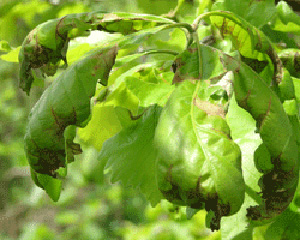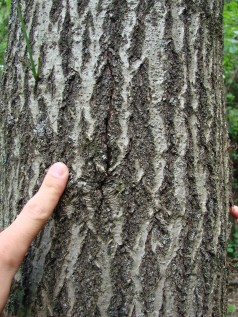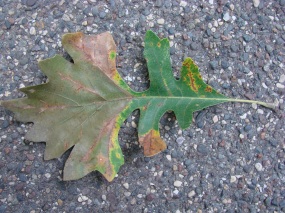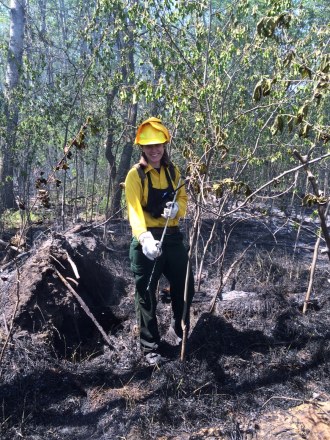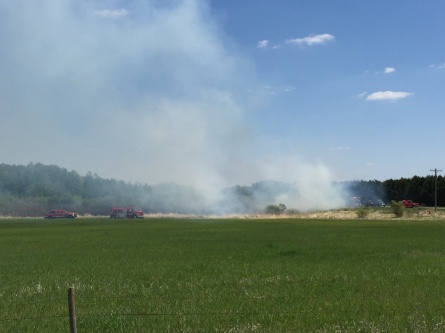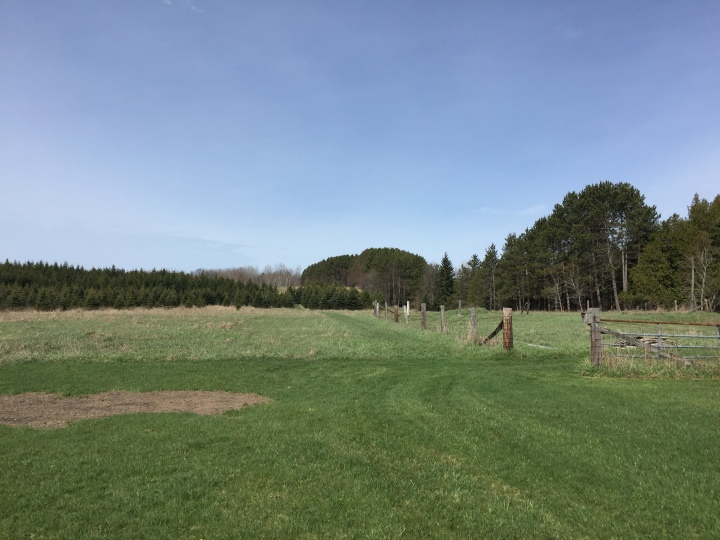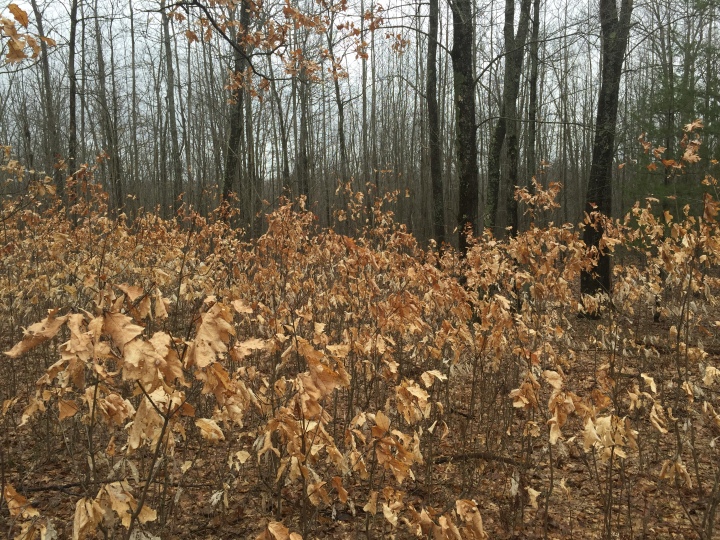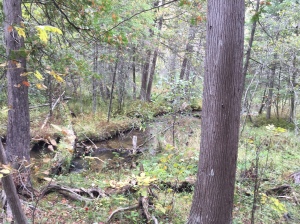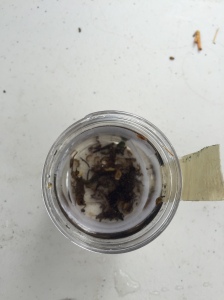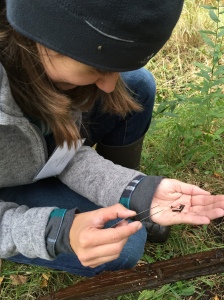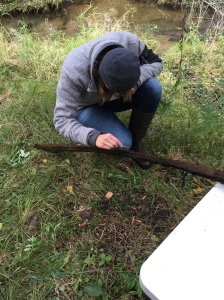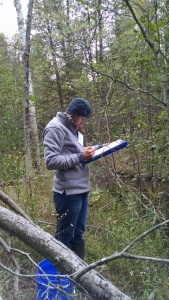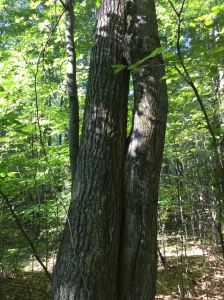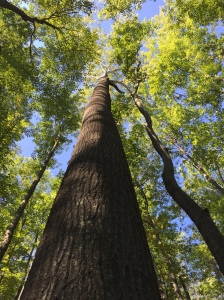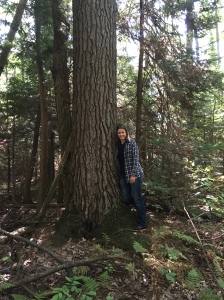I wouldn’t be me if I went a summer without talking oak wilt…..
If you look back or have been following me- you realize I talk a lot about oak trees and oak wilt. Well that is because it is important-enough said! I was asked to write a “How to” article for a newsletter here in Minnesota. I was given many suggestions that were good, but not up to Kylee quality. There were ideas like how to bud cap, hot to prune, how to develop a sugar-bush….while all good topics, it just didn’t get that fire going in my mind. So after careful consideration, I decided let’s talk OAKS! I decided the article was very informational, so I am going to just paste it here for some good light reading 😉 This is applicable to the Midwest region.
Standing tall with branches reaching out wide and high in the sky stands a strong oak tree in the landscape. Like most things in life there comes a time where this oak no longer looks healthy, and in Minnesota we have a few things that affect our oaks besides old age.
In Minnesota we have a number of different oak species: taxonomically we split them into the red oak family and the white oak family. Red oaks are bristle-tipped leaves and white oaks lack bristle-tips and are rounded. There are many pests and diseases that produce similar symptoms in oaks, so how do we determine what is happening to our oaks?
The first disease to show in the growing season is anthracnose. Anthracnose affects both read and white oaks as well as other tree species. It is caused by a group of fungal pathogens that all cause similar leaf symptoms. Anthracnose occurs when there is a very wet spring. Oaks with anthracnose will have leaves that develop brown spots and blotches, and many times these brown blotches greatly distort leaf shape. Oaks with anthracnose will usually display the most severe symptoms at the bottom and inner parts of the tree canopy. The fungal pathogen will over-winter on leaves and twigs. This disease is not typically the cause of death of oaks, but depending on the percent defoliation and stress caused, other problems such as twolined chestnut borer and Armillaria root disease may attack the trees.
Bur oak blight (BOB) is very similar to anthracnose in that it is caused by a fungal leaf pathogen and symptoms start in the lower and inner canopy. It differ from anthracnose in that it only infects bur oaks, symptoms first appear in mid-summer rather than spring, and it seemingly is causing significant stress amongst some bur oaks in certain parts of the state. Leaf symptoms on BOB-infected bur oaks are first visible as brown flecking along leaf veins, typically seen in July. Later in the summer, abundant leaf drop can occur, starting in the inner canopy, as well as leaves that develop wedge-shaped brown areas. Some dead leaves persist in the canopy throughout the winter, and these serve as the infection source in the following spring. Many citizens mistakenly cut down their bur oaks that had severe BOB because they think they will die: bur oaks with BOB typically re-leaf the following spring, and they look healthy until mid-summer, when BOB symptoms start to develop. Bur oaks can tolerate many consecutive years of moderate BOB before they become susceptible to other problems.
Oak wilt is a xylem blocking fungal disease that shows signs and symptoms throughout the growing season. Oak wilt starts to show symptoms of browning wilting leaves at the top of the crown and moves down the tree from the outside in. Oak wilt affects both red and white oaks. It will kill a red oak in about one month, a bur oak in 1-7 years, and a white oak in 1-20 yeas. Another indicator of oak wilt is the discolored streaking of the sapwood by the fungus. This can be seen by slicing away the bark on an actively wilting branch. Streaking is more readily seen on white and bur oaks than on red oaks. Come spring, if red oaks are not leafing out, examine the tree for subtle cracks in the bark and peel back the bark to reveal any spore pad/ spore mats that the oak wilt fungus sometimes produces. Bur oaks rarely form spore pads, and white oaks do not form them. In order to really determine oak wilt, lab tests of branches are needed, unless a pressure pad is located. Oak wilt is creeping northward in Minnesota and is a highly preventable, yet devastating disease. Please contact your local DNR forest health specialist if you see oak wilt symptoms in northern Minnesota.
Finally, there are other stress-related problems that occur to oaks. When any tree, including oaks, becomes stressed by weather or defoliating diseases/insects it weakens the trees, sometimes allowing for opportunistic fungi or insects to invade. Twolined chestnut borer and Armillaria root disease are examples of these opportunistic pests. Twolined chestnut borer tunnels in the cambium and outer sapwood, eventually cutting off nutrients and water flow through the tree. Armillaria also kills cambium and outer sapwood. When twolined chestnut borer infests an oak, leaves develop a red-brown scorched look from mid – late summer on the top half, or so, of the tree. Twolined chestnut borer typically kill a stressed oak in 1-3 years. The beetle creates small D- shaped holes in the trunk of the tree. When Armillaria is infecting an oak’s root system, leaves in the outer canopy may be stunted and yellow, and branches die back. Over the course of several years, Armillaria root infection will kill a stressed oak. These stressed-related problems are not treatable, but increasing tree vigor with careful harvesting and removal of poor trees can minimize these problems. Harvesting in stressed oak stands should only occur after at least two consecutive growing seasons with near-normal precipitation and no defoliation.
All these insect and diseases are unique in their own ways but have a common target of oak trees and cause somewhat similar symptoms. With a few key distinctions you can narrow down the search! The U.S.F.S. publication How to Recognize Common Diseases of Oaks may help you in diagnosing what is wrong with your oak: http://www.na.fs.fed.us/pubs/howtos/HowToRecognizeCommonDiseasesOaks.pdf.
Leaf drop and branch death from top-down is typically oak wilt, Armillaria, or twolined chestnut borer; leaf death from the bottom up in the spring is typically anthracnose; and leaf death from the bottom-up in bur oaks in later summer is typically bur oak blight!
